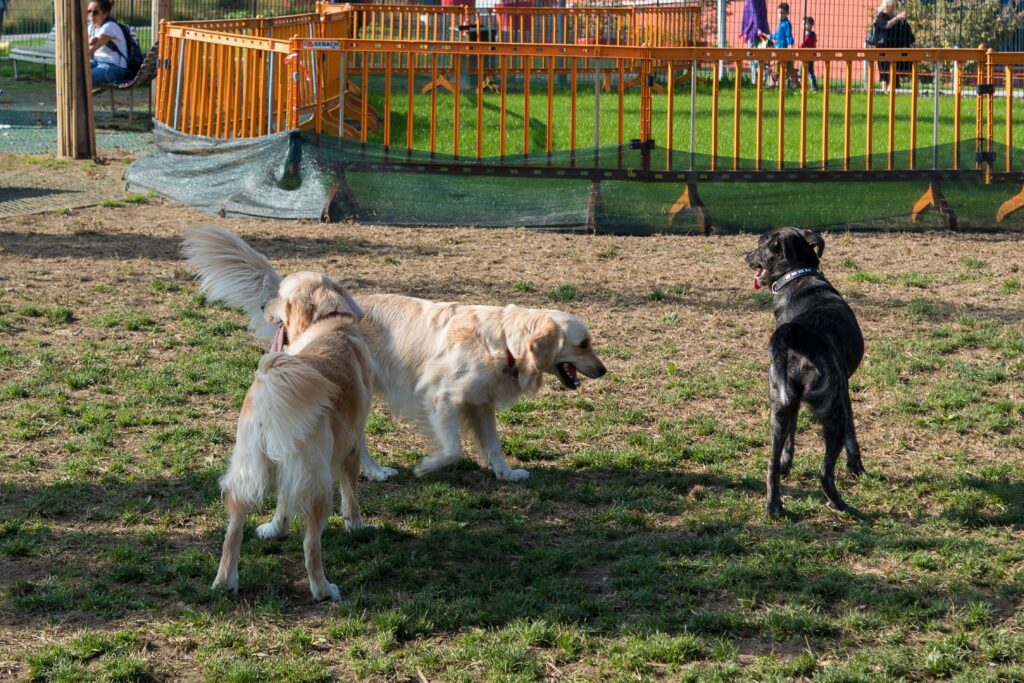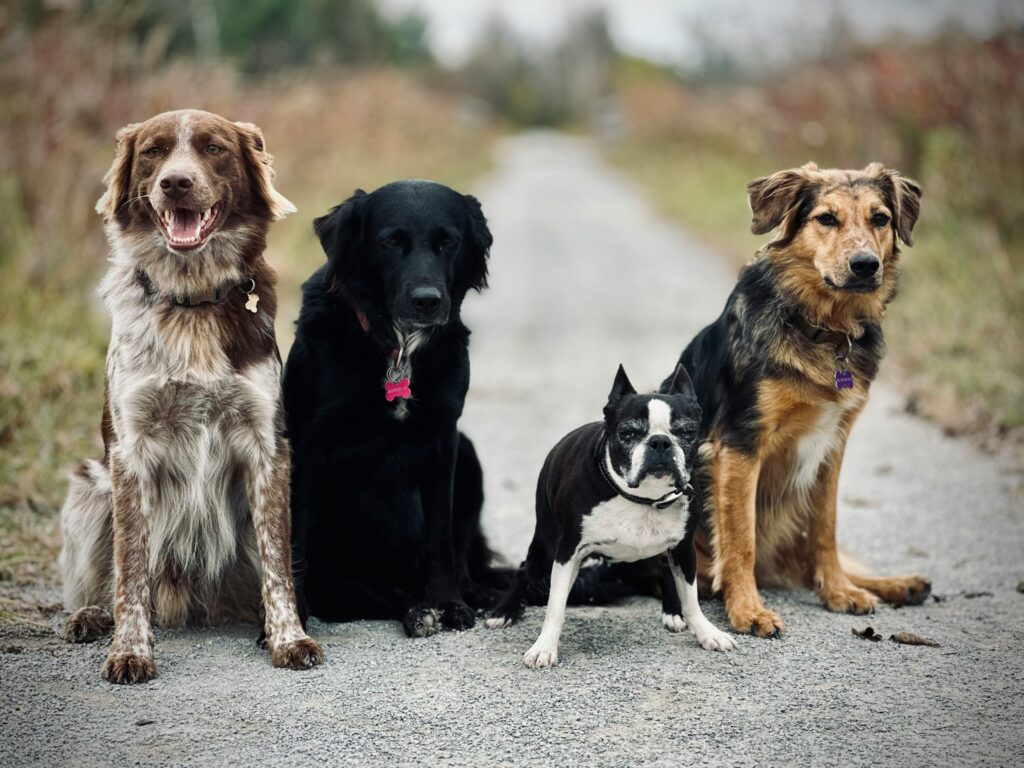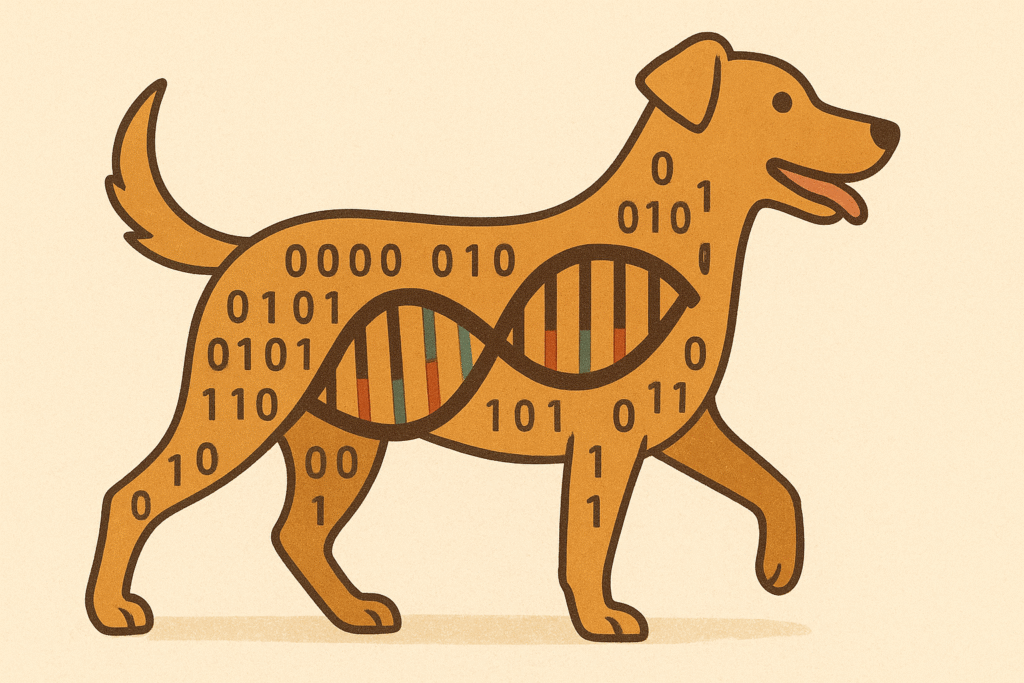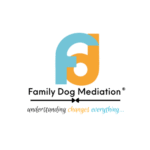
Why your dog park visits might be creating more problems than they solve—and how to build genuine social confidence in the city.
Common advice: dogs need socialization, cities have dog parks, so spend lots of time there. But after years of observing, and now helping urban guardians with reactivity and anxiety issues, I’ve learned dog parks often create more problems than they solve.
Real socialization isn’t cramming in maximum dog interactions. It’s building confidence, communication skills, and ability to navigate complex city social situations.
Why Dog Parks Often Fail Urban Dogs
The Reality:
- City parks packed beyond capacity
- Dogs can’t escape when uncomfortable
- Overstimulation leads to poor decisions
- Mixed messages: not ALL dogs should be greeted enthusiastically
- Genetics ignored—not all dogs enjoy group situations
Counterproductive Results:
- Learned reactivity from negative experiences
- “Overstimulation addiction”—normal interactions become boring
- Poor social skills—pushy, rude behavior
- Guardian stress affecting dog confidence
Genetics-Informed Socialization Needs
Gun Dogs: Cooperative Learning
Need: Structured activities, human-dog teams, purposeful interactions Better than dog parks: Training classes, organized walks, parallel activities
Herding Dogs: Controlled Environments
Need: Predictable routines, clear rules, manageable social situations Better than dog parks: Small consistent groups, structured classes
Guardian Dogs: Selective Socialization
Need: Respect for natural selectivity, comfortable distance observation Better than dog parks: Neutral territory walks, allowing natural pace
Terriers: Appropriate Outlets
Need: One-on-one interactions, human-focused activities, impulse control Better than dog parks: Individual playdates, structured adventures
Sight Hounds: Low-Key Opportunities
Need: Calm, quiet interactions respecting sensitive nature Better than dog parks: Group walks, café visits, parallel relaxation
Scent Hounds: Investigation-Based
Need: Exploration time while other dogs present, environmental focus Better than dog parks: Sniffing walks, urban exploration groups
Real Urban Social Skills Needed
Skill 1: Neutral Coexistence
Urban dogs encounter dozens of dogs daily—most encounters should be neutral, not social.
- Practice parallel walks near other dogs
- Reward calm behavior around dogs
- Gradually decrease distance while maintaining calm
Skill 2: Appropriate Greetings
Confined urban spaces require controlled interactions.
- Teach “wait” before any dog greeting
- Practice with known, stable dogs
- Build reliable recall around other dogs
Skill 3: Environmental Confidence
Social confidence requires environment confidence.
- Practice training in complex urban environments
- Build positive associations with city elements
- Reward calm exploration of new spaces
Skill 4: Human Social Navigation
Urban dogs interact more with humans than dogs.
- Practice polite greetings with invited interactions
- Ignore inappropriate human attention
- Remain calm in crowded human environments
Better Alternatives to Dog Parks
Structured Classes: Controlled environment, professional supervision, specific goals
Urban Adventure Groups: Real-world practice, varied environments, purposeful activity
Parallel Training: Learning while dogs present without forced interaction
Café Socialization: Human social practice, calm environments
Walking Groups: Familiar routes, consistent members, natural movement
Creating Your Plan
Assessment (Weeks 1-2): Evaluate current skills, identify goals based on genetics Foundation (Weeks 3-8): Basic skills in low-distraction environments Development (Weeks 9-16): Add complexity gradually, monitor progress Application (Week 17+): Real-world practice, handle unexpected encounters
Troubleshooting Common Issues
Reactive to other dogs: Address root cause (fear/frustration), focus on distance Too excited around dogs: Manage arousal, teach impulse control Ignores you around dogs: Build relationship value, use better rewards Fine with dogs, reactive to people: Focus on human socialization skills
The Bottom Line
Quality over quantity. Success isn’t measured by dog park hours—it’s your dog’s ability to navigate urban social situations with confidence while respecting their genetic predispositions.
Build Real Social Confidence for City Living
Ready to move beyond the dog park chaos and build genuine social skills that work in the real urban world? My ebook “The Urban Dog Dilemma: A Genetic Guide to City Living” includes the complete genetics-informed socialization system that creates confident, well-adjusted city dogs.
You’ll learn:
- How to assess your dog’s genetic socialization needs
- Breed-specific alternatives to problematic dog parks
- The four essential urban social skills every city dog needs
- How to build environmental confidence that supports social success
- Troubleshooting guides for reactivity, over-excitement, and fear
- Progressive training plans that respect your dog’s individual temperament
Stop forcing your dog into situations that work against their nature. Get the socialization system that builds genuine confidence through genetics-informed approaches.
[Get “The Urban Dog Dilemma” ebook now → https://books2read.com/b/urbandogdilemma




